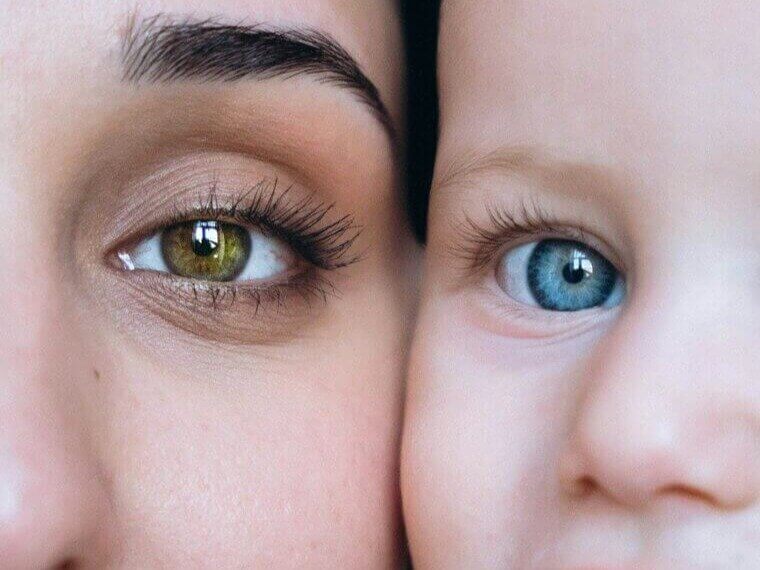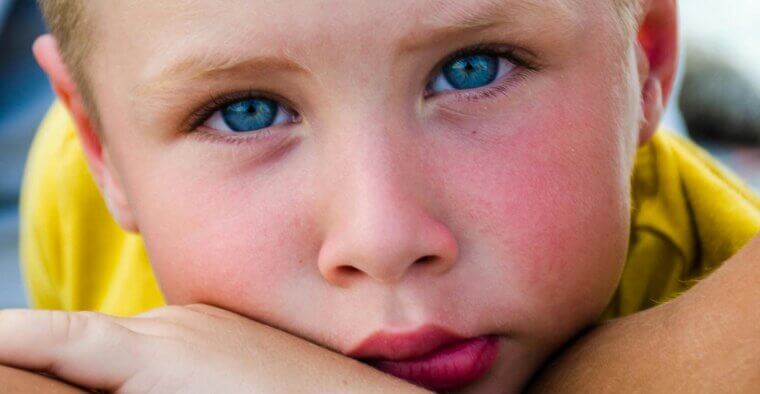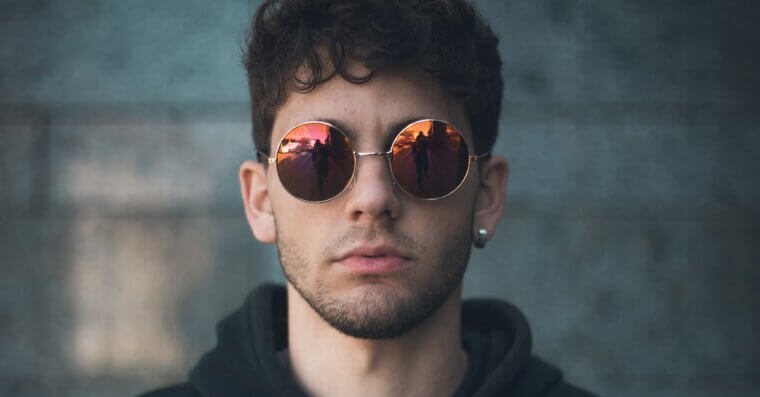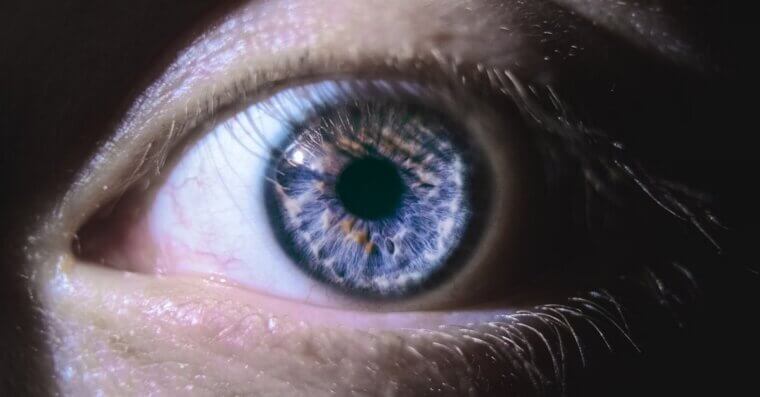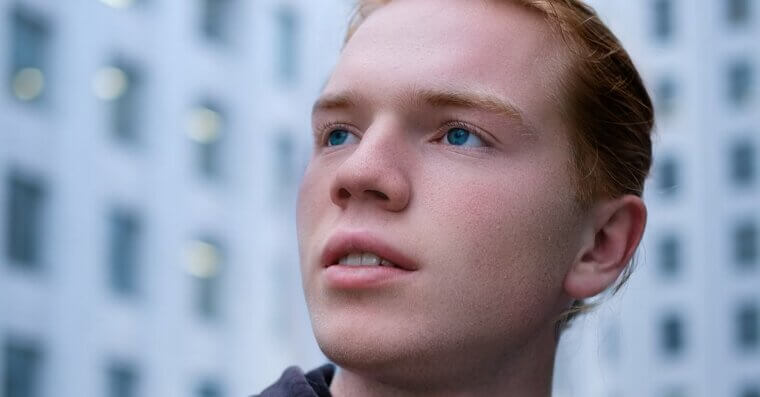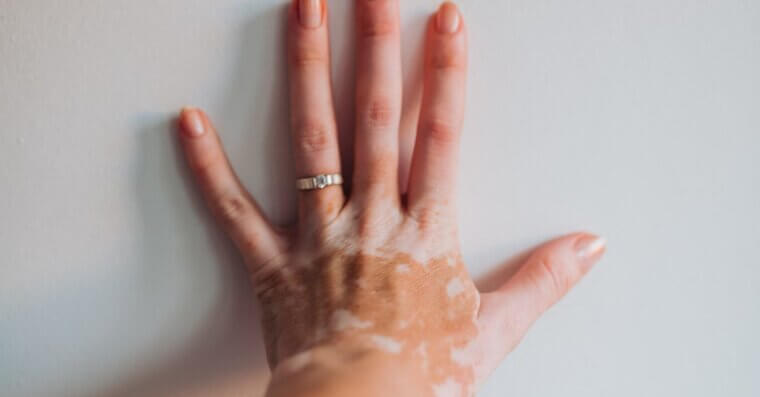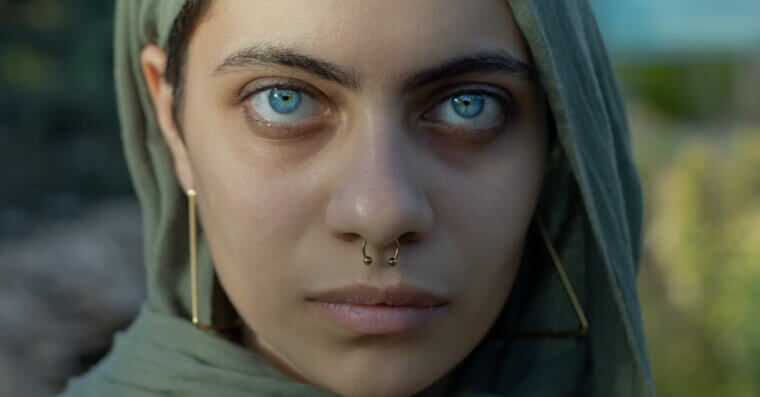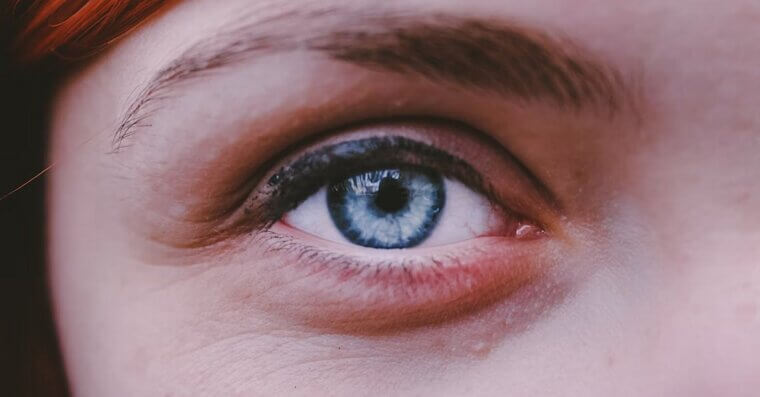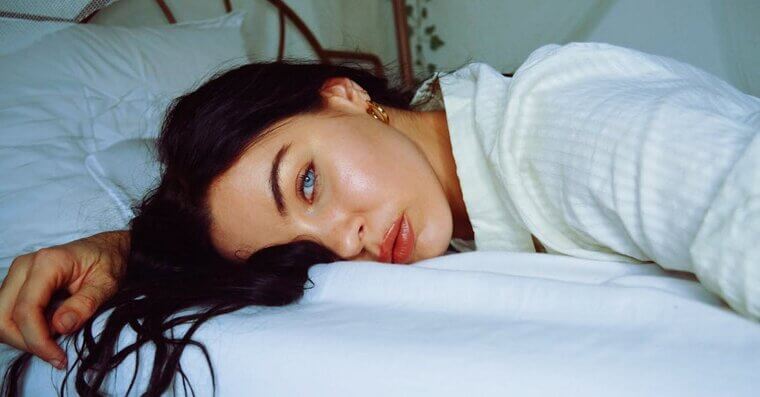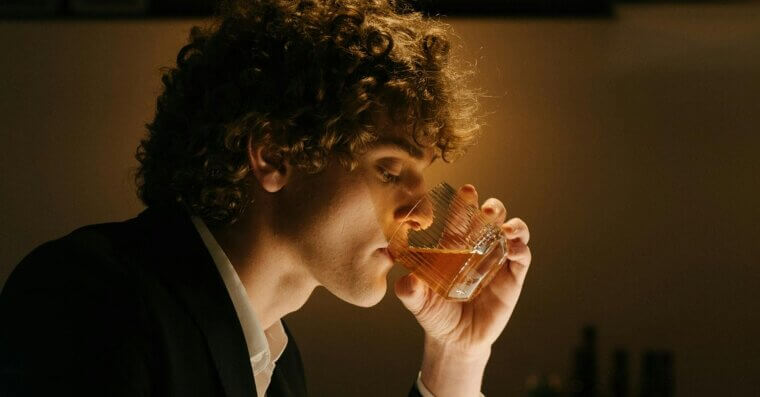From Genetics to History: The Interesting Story of Blue Eyes
Blue eyes have a way of catching attention – they’re very pretty and they’re fairly rare. But behind the beauty, there’s a lot more going on than meets the, well, the eye. If you have blue eyes, you may be surprised at the many things that come along with that. Here are 13 fascinating things about blue eyes that you may not know.
Your Blue Eyes Aren’t Actually Blue
Believe it or not, blue eyes don’t really contain any blue pigment. Instead, they’re blue for the same reason the sky looks blue - light scattering. The iris of a blue eye has very little melanin, so when light enters, it scatters in a way that makes them appear blue. This is called the Tyndall effect.
Blue-Eyed People Have a Higher Risk of Melanoma
Blue eyes may be pretty but they come with a downside. People with blue eyes tend to have less melanin in their skin and eyes, which means they’re more vulnerable to UV damage. This increases their risk of developing melanoma and even skin cancers. Be sure to wear sunscreen in the summer – although of course you should do that regardless of eye color.
All Blue-Eyed People Share a Common Ancestor
Here’s a wild thought: every single person with blue eyes can trace their genes back to one ancestor. Scientists believe a mutation that switched off the brown eye gene happened about 6,000–10,000 years ago near the Black Sea. So, if you have blue eyes, you’re technically very, very distant cousins with all other blue-eyed folks walking around today.
Blue-Eyed People Are More Sensitive to Light
If you’ve got blue eyes, you’ve probably noticed you squint more in bright sunlight. That’s because of the lack of melanin, which means blue eyes don’t block as much incoming light. The same thing happens indoors under fluorescent lights. Some blue-eyed people find sunglasses very useful – contact your optician for advice.
Not All Blue Eyes Are the Same
You might think all blue eyes look alike, but that’s not the case. Blue eyes come in a wide range of shades, from icy pale blue to deep sapphire. Lighting, surrounding colors, and even mood (for example, if you’ve been crying) can make them appear brighter or darker.
Blue-Eyed Males May Have Female-Shaped Faces
Studies have found that blue-eyed men often have slightly softer, more feminine facial features compared to brown-eyed men. Researchers think it might be tied to how much estrogen a blue-eyed person gets in the womb. If you’re a blue-eyed male with a slightly feminine look, consider yourself lucky! Androgynous vibes will get you far in the modelling world.
Blue-Eyed People Are Less Likely to Have Vitiligo
Vitiligo is a condition where patches of skin lose pigment. Interestingly, studies have found that people with blue eyes are less likely to develop it. Researchers think the same genetic factors that lead to blue eyes may also provide some protection against this condition.
Blue-Eyed People May Be More Competitive
There’s research showing that blue-eyed people, especially men, might lean a bit more competitive in certain situations. One theory is that this trait developed in northern Europe, where you got competitive or you died off pretty fast.
Blue Is Not the Rarest Eye Color
Blue eyes may feel special, and they’re certainly prized in the words of fashion and entertainment, but they aren’t the rarest. Green eyes actually hold that title, making up only about 2% of the world’s population. Around 8–10% of people worldwide have blue eyes, mostly of European descent.
Blue-Eyed People May Feel Less Pain
Studies suggest that people with blue eyes may have a higher tolerance for pain compared to those with darker eyes. Some research even found blue-eyed women reported feeling less pain during childbirth! Scientists think it could be linked to the melanin levels.
Blue-Eyed People Have a Higher Risk of Macular Degeneration
Blue eyes are unfortunately more vulnerable to certain eye diseases. One big one is age-related macular degeneration, a condition that can affect vision as people get older. Again, it comes back to melanin - less pigment means less natural protection from harmful UV rays
Blue-Eyed People Have Fewer Cataracts
Here’s some good news: while blue-eyed people are at risk for macular degeneration, they may actually be less prone to cataracts compared to brown-eyed people. Scientists believe differences in how light interacts with blue eyes may explain why cataracts are less common among them.
Blue-Eyed People May Drink More Alcohol
Studies have shown that people with blue eyes may be more likely to consume alcohol and drink larger amounts than their brown-eyed counterparts. The exact reason isn’t clear, but some scientists think it could be linked to genetic factors. Of course, lifestyle and culture play a big role too.

